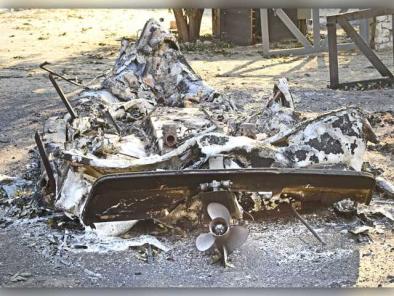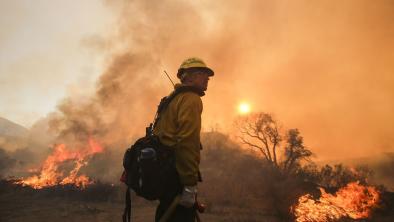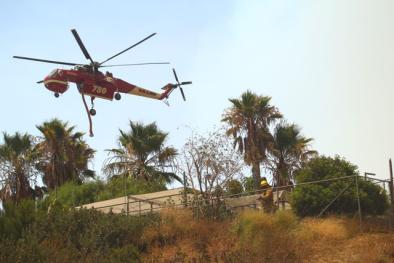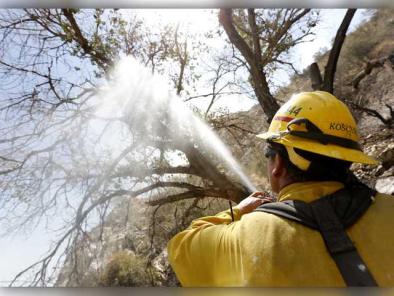The Sand Fire in Santa Clarita Offers Omens of a Fiery Future

Simply put: Extreme weather and climate conditions have helped produce this fire’s extreme behavior. Firefighters won’t catch much of a break from the weather all this week.
“The fire behavior was some of the most extreme I’ve seen in the Los Angeles area in my career,” says Stuart Palley, a wildfire photographer based in Southern California. “The fire was running all over the place. … It was incredible to see.” There were multiple reports of flames 50 to 100 feet high on Saturday, which is unusual for fires in the region.
...
The National Weather Service has issued a Red Flag warning for wildfire growth, citing the combination of record heat, low humidity, and gusty winds up to 35 miles per hour. About 1,500 homes have been evacuated, and officials warned on Saturday that up to an additional 45,000 homes could be threatened if winds change, which may happen later this week.
...
In a news briefing on Saturday, L.A. County Fire Chief Daryl Osby blamed the fire’s quick growth in part on the ongoing drought, now in its fifth consecutive year. The area where the fire is burning has been under “exceptional” drought, the highest of four severity levels, since early 2014 — one of the hardest-hit parts of the state. Since late 2011, Los Angeles County has missed out on about three years’ worth of rain. Simply put: Extreme weather and climate conditions have helped produce this fire’s extreme behavior.
We’re now in the heart of Southern California’s annual six-month dry season, but the drought has made this summer’s heat and fire risk worse — wildfire season is essentially year-round now. The last below-normal temperature day in Los Angeles was June 14, and high temperatures near the fire are expected to remain near the 100-degree mark, slightly above normal, until at least Friday. That means firefighters won’t catch much of a break from the weather all this week.
...
Even if rainfall amounts don’t change in the future, drought and wildfire severity likely will because warmer temperatures are more efficient at evaporating what little moisture does fall. That, according to scientists, means California’s risk of a mega-drought — spanning decades or more — is, or will be soon, the highest it’s been in millennia
Related Content






